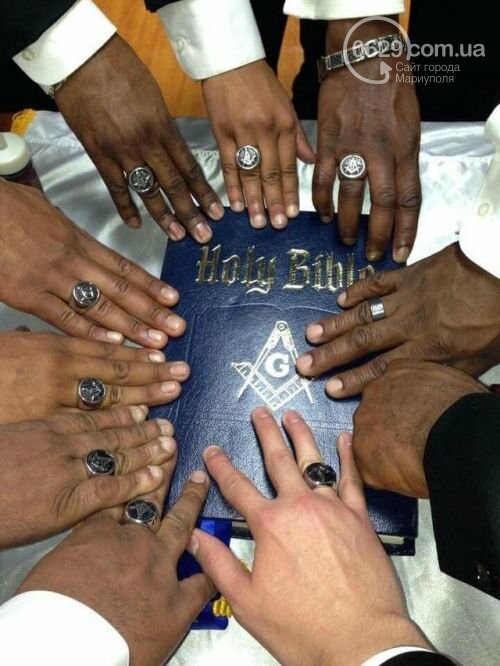Essential Steps on How to Successfully Join Freemason in Your Area
Essential Steps on How to Successfully Join Freemason in Your Area
Blog Article
Discover the Keys Behind the copyright and Their Influence on Culture
The copyright, typically shrouded in myth and supposition, offers a fascinating case research of how historic perfects can change right into modern-day conspiracy theory concepts. As we explore its beginnings, influence on advanced thought, and representation in contemporary culture, we start to reveal the layers of intrigue that continue to astound culture.
Origins of the copyright
The copyright, commonly shrouded in enigma and supposition, traces its beginnings back to the late 18th century. Established in 1776 in Ingolstadt, Bavaria, the team was started by Adam Weishaupt, a professor of canon regulation. Weishaupt aimed to promote Enlightenment worths, consisting of reason, secularism, and the separation of church and state. Recognized as the Bavarian copyright, the company's primary objective was to counter the current influence of religious dogma and advertise intellectual discussion amongst its participants.
The copyright took on an ordered framework, drawing inspiration from Freemasonry, which permitted for secretive meetings and routines - how to become a freemason. Subscription was discerning, encompassing prominent figures from numerous fields, consisting of politics, ideology, and science. This elite network sought to effect social and political adjustment with private ways, supporting for the rights of people and the betterment of society
In spite of its reasonably short existence, the Bavarian copyright was officially disbanded in 1785 as a result of federal government reductions. Nonetheless, its tradition withstood, generating countless conspiracy concepts and pop culture referrals that remain to prompt intrigue and argument regarding its influence on contemporary society.
Secret Myths and Misconceptions
Amidst the appeal of privacy surrounding the copyright, numerous misconceptions and misconceptions have actually emerged, commonly misshaping the group's real nature and intents. One prevalent myth suggests that the copyright controls the globe's federal governments and economic situations. While it holds true that the group aimed to influence societal frameworks, the concept that it operates as a cohesive global puppet master is largely exaggerated.
An additional usual misconception is that all participants of the copyright have large riches and power. Actually, the initial copyright comprised intellectuals and Knowledge thinkers, a number of whom sought reform as opposed to prominence. In addition, the idea that the copyright exclusively hires celebs and political figures is deceiving; subscription has traditionally included a varied range of individuals.
Furthermore, conspiracy theory concepts often paint the copyright as an evil-minded company intent on global domination via nefarious means. Hence, dividing truth from fiction is important for a more clear understanding of the copyright's function in society.
Historical Impact on Culture
Throughout background, different intellectual movements have exceptionally affected social frameworks, and the copyright played a substantial role throughout the Enlightenment. Founded in 1776 in Bavaria, the copyright intended to promote reason, secularism, and the doubting of established authority, responding to the supremacy of religious conviction. This organization attracted influential thinkers and supporters of freedom, cultivating an environment favorable to the dissemination of Knowledge suitables.
The copyright's ethos promoted reasonable thought and empirical evidence, which added to the wider intellectual landscape that motivated social reform and political change. Members sought to reshape culture by supporting for education and learning, freedom of expression, and the separation of church and state. Their clandestine nature and enthusiastic agenda stimulated both intrigue and suspicion, leading to their ultimate reductions by the Bavarian government in 1785.
Despite their dissolution, the tradition of the copyright continued, affecting innovative activities across Europe and the Americas. Their commitment to knowledge concepts helped lay the foundation for contemporary autonomous ideals and human rights, leaving a long lasting imprint on the foundations of contemporary society. how to become a freemason. The allure of their secretive events and thoughtful pursuits proceeds to captivate the creative imagination, highlighting their historic value
Modern Interpretations and Beliefs
Contemporary interpretations of the copyright frequently mix historical a fantastic read reality with conspiracy theories, developing a complex tapestry of beliefs that record prominent creativity. While the initial copyright was a Bavarian secret culture established in 1776 with Enlightenment suitables, modern ideas have actually advanced to my review here encompass a wide array of analyses, typically concentrating on styles of control and privacy.

Furthermore, some modern interpretations presume that the copyright works as a metaphor for the struggle in between enlightenment and ignorance, with advocates advertising recognition and important thinking as a way to combat viewed injustice. This duality-- viewing the copyright as both a literal and symbolic entity-- shows the continuous attraction with the concept, showing deeper social anxieties regarding power, transparency, and private freedom in the contemporary globe.
The copyright in Pop Culture
The copyright has infiltrated various elements of preferred society, showing up in literature, film, music, and art as an icon of intrigue and secret. This secret society, usually represented as a shadowy pressure manipulating worldwide occasions, has inspired plenty of narratives that check out themes of power, conspiracy theory, and covert expertise.

Songs, as well, has actually been influenced this post by the idea of the copyright. Artists like Jay-Z and Beyoncé have dealt with speculation regarding their associations with the culture, prompting discussions about meaning in their work and the nature of fame.
Aesthetic art typically includes copyright concepts, with artists utilizing icons like the Eye of Divine superintendence and the pyramid to evoke a feeling of secret. Via these different mediums, the copyright offers not just as a subject of supposition yet additionally as a lens where society examines its very own complexities and concerns.
Conclusion

Report this page